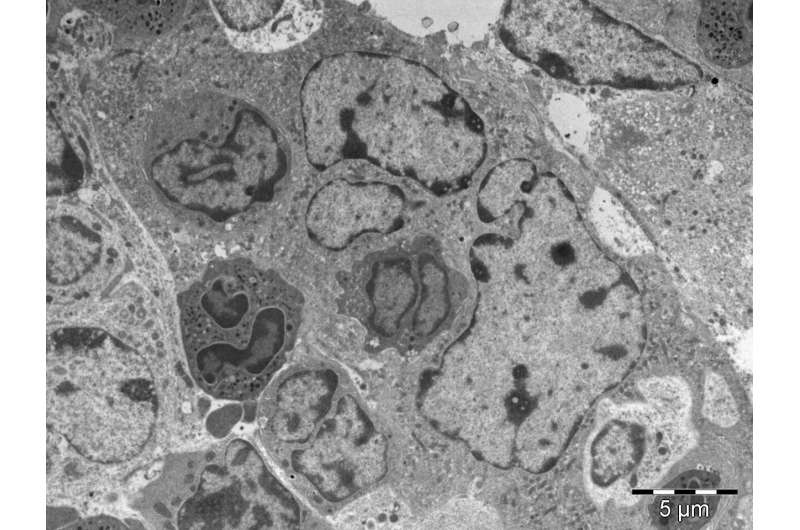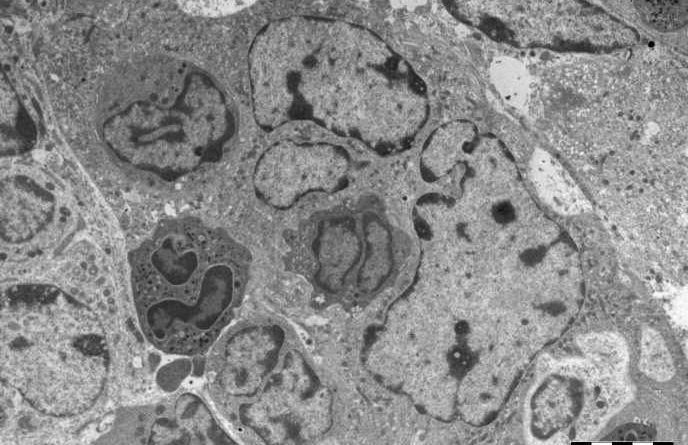Key to platelet production advances understanding of RNA

A new insight into RNA regulation has taken researchers a big step forward in understanding how the body creates platelets.
Platelets are the smallest of all blood cells; they circulate in the bloodstream and bind together when they recognize damaged blood vessels, making them a vital part of the body’s response to bleeding.
The role of RNA regulation
Now researchers, jointly led by Dr. Minna-Liisa Änkö at Hudson Institute of Medical Research’s Functional RNAomics laboratory and Prof Susie Nilsson, Research Director for Biomedical Manufacturing at Australia’s national science agency CSIRO, have identified a protein which is crucial to the role RNA regulation plays in the production of platelets.
Their latest research, published in Blood, gives hope that one day platelets may be able to be manufactured, reducing the reliance on blood donations for transfusions to cancer patients, among other uses.
“We were able to characterize in molecular detail the cell that is best at making platelets and show that in the absence of this protein (serine-arginine rich splicing factor 3, or SRSF3) these efficient platelet producers were absent,” Dr. Änkö said.
Platelets carry no DNA, but they do carry RNA, and SRSF3 defines the types of RNA that are present.
“The protein, SRSF3, is like a designer that plans how the RNA landscape of these cells looks. A good design is also functional, and similarly the correct RNA landscape enables the functions of these cells,” she said.
RNA emerging as a therapeutic molecule
“It’s a really significant discovery, because RNA is emerging as a powerful and easily adaptable therapeutic molecule, as seen by the rapid development of effective mRNA vaccines, and it also has many potential diagnostic uses as well,” Dr. Anko said.
“However, we need a detailed knowledge of RNA regulation in cells in order to realize the full potential of RNA-based therapeutic and diagnostic uses,” she said.
This is the type of discovery that could inform major new treatments in the years to come.
Source: Read Full Article



